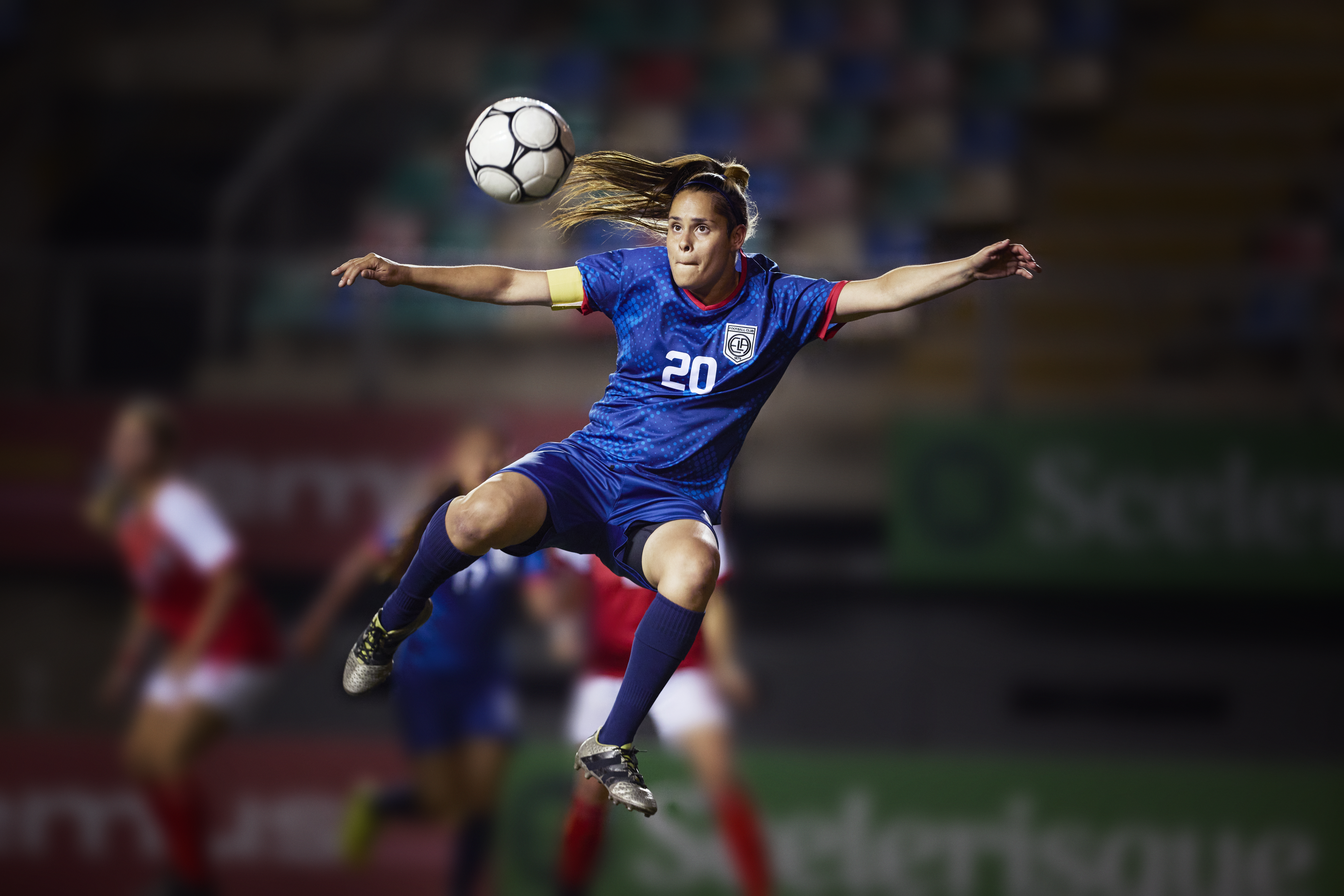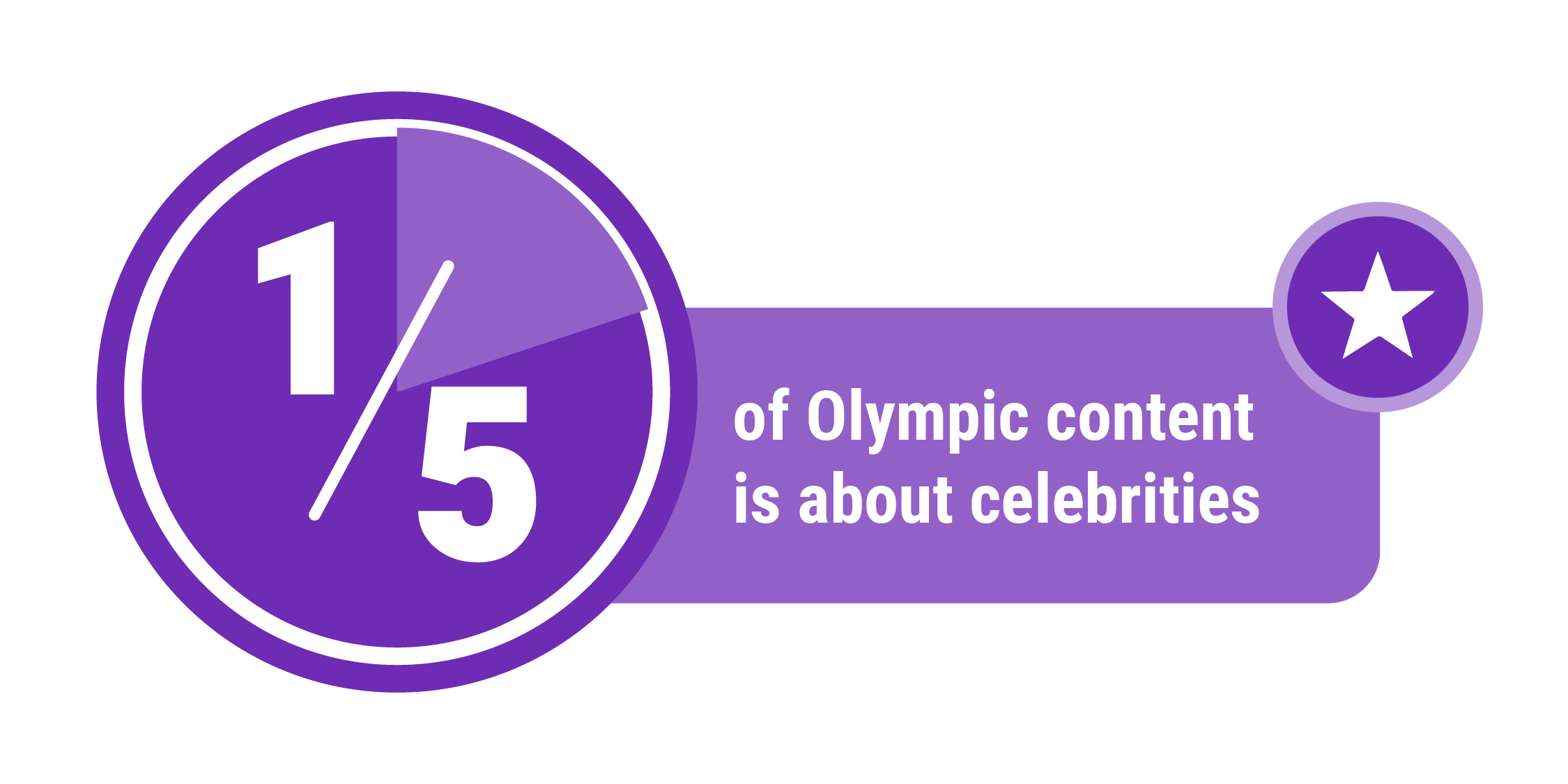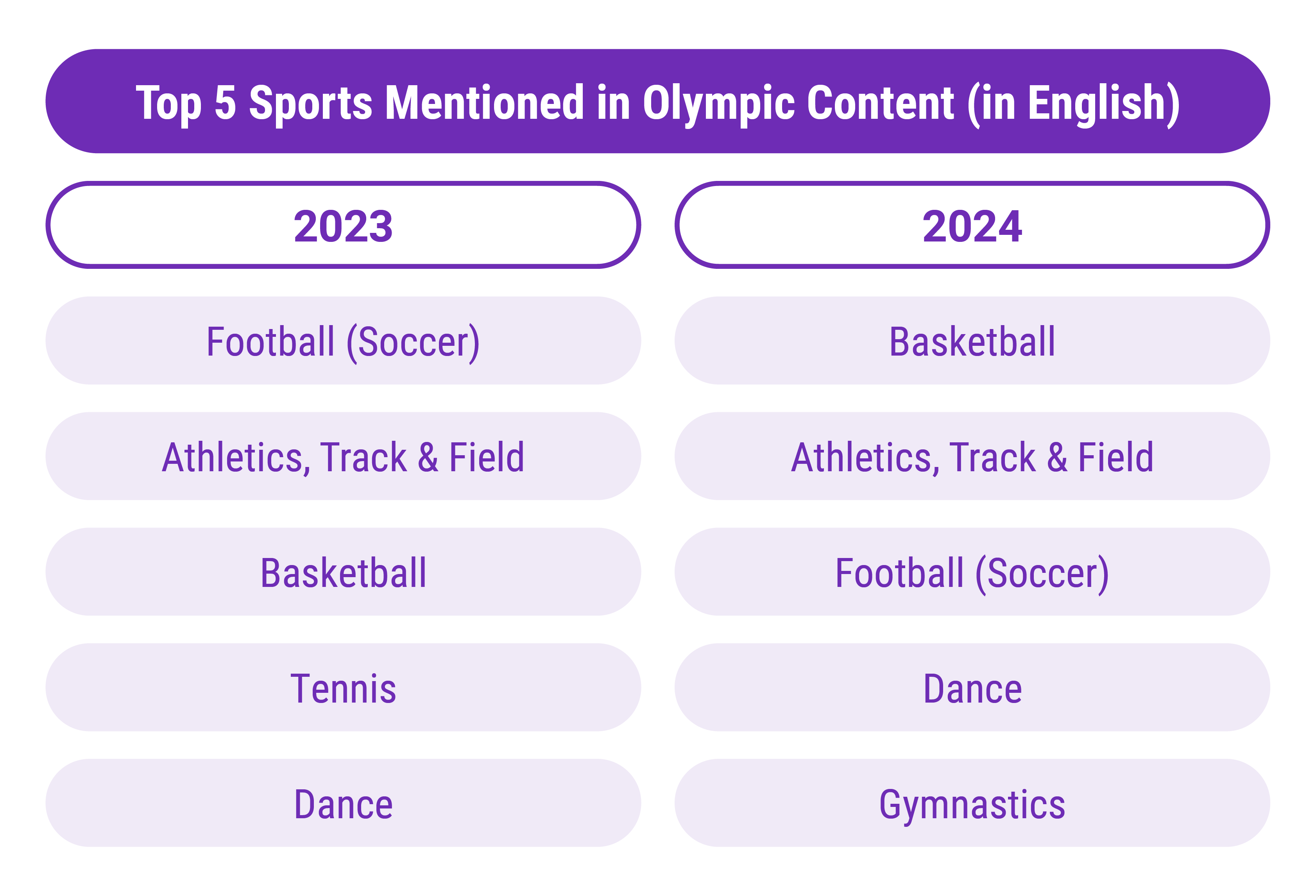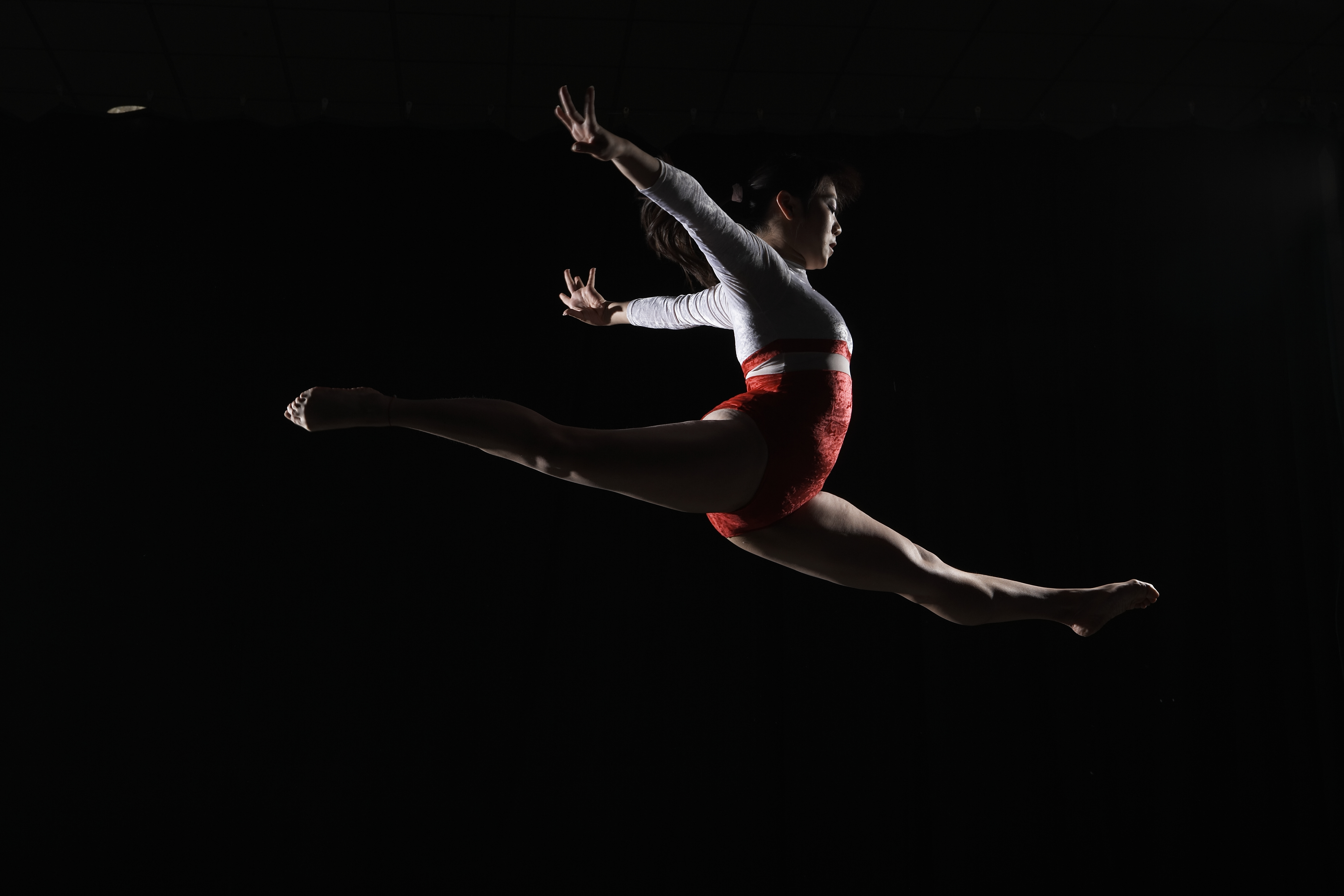
Digital content is complex and nuanced. So how can advertisers seize the opportunities and meet the challenges associated with the largest global sporting event of 2024?

If there’s anything we’ve learned over the past five years, it’s how quickly the digital advertising ecosystem can change. That’s why, as we approach the 2024 Summer Olympic Games, marketers need to keep up with the latest Olympic trends and get the answers to key questions like:
- Is Olympic content all about sports and athletes?
- What role do cultural differences play?
- Do content trends change over time?
Insights into these topics can help marketers navigate Olympic content and make the most out of their digital advertising strategy. To answer these questions, DV took a deep dive into content surrounding the upcoming 2024 Olympic Games.
Each day, DV processes an enormous amount of data. In 2023 alone, we measured seven trillion media transactions. To bring advertisers data specific to the upcoming 2024 Olympics, DV data experts analyzed Olympics-related content in French and English at two points in time (covering 2023 and 2024 trends) using DV’s Universal Content Intelligence — our AI-powered content classification technology.
Below, we dissect the crucial aspects of digital advertising around the Olympics that allow brands to succeed on a global stage. From understanding the significance of Olympic online content consumption to identifying top trends and implementing best practices, our insights empower you to enhance brand awareness and maximize the impact and reach of your campaigns while simultaneously maintaining brand safety.
Read on to learn more, and contact us directly for additional resources.
The Powerful Influence Sports Have On Digital Content Consumption
People have been watching sports on screens for decades, but the way fans access sports content is changing rapidly as they migrate to digital platforms. Even two years ago, nearly 40 percent of global sports fans between the ages of 25 and 34 used streaming platforms to watch and access exclusive sports content. The 2022 Qatar World Cup was the most streamed in U.S. history, with the Final between France and Argentina getting 1.3 million streams on Fox (158 percent increase from 2018) and 2.96 million streams on Telemundo (2,156 percent increase from 2018).
Social media also plays an ever-increasing role in how viewers consume sports content. According to Statista, nearly 70 percent of Gen Z and Millennial fans worldwide prefer to keep up with sports on social media. When the Dallas Mavericks converted a steal into an alley-oop during the 2023-24 NBA season, it ended up being the most-viewed play across basketball social and digital media platforms, with 250 million views.
And with the rise of women’s sports viewership — 84 percent of global sports fans are now interested in women’s sports — audience demographics have also experienced a significant evolution in recent years. This creates a more inclusive and diverse viewership among female sports fans. In fact, two-thirds of the entire global population is interested in at least one women’s sport.
It should come as no surprise, then, that sports advertising serves as one of the greatest strategies for brand promotion, especially during major events like the Summer Olympics. Advertisers can leverage the maturing digital viewership of the Olympic Games by analyzing content consumption trends and using that insight to craft engaging digital advertising campaigns that resonate with their diverse online audience.
Why Online Content Consumption During the Olympics Matters to Marketers
The 2024 Paris Olympics will draw unique digital audiences from around the world. Advertising during the Olympics allows marketers to access unparalleled reach and engagement, with billions of viewers worldwide tuning in to witness the symbol of athletic achievement.
According to data shared by the International Olympic Committee (IOC), the 2020 Olympic Games in Tokyo recorded 28 billion video views on Olympic broadcast partners’ digital platforms. This was a 139 percent increase from the 2016 Olympic Games in Rio.

In many markets worldwide, such as the U.K. and France, the time spent with digital media (versus traditional media) surpassed 50 percent in 2023. And in the U.S., people now spend over eight hours on digital devices compared with roughly four-and-a-half on traditional media. The 2024 Paris Olympics, therefore, represent a rare opportunity for brands to tap into the momentum of Olympic content online.
The Challenge of Capturing Consumer Attention in a Competitive Advertising Market
The Olympic Games are undeniably a magnet for attention and allow advertisers to enhance brand awareness on a massive scale and connect with a highly engaged audience. The challenge with Olympic advertising, however, is the intense competition for user attention. With so many brands grasping for visibility, accessing and making meaningful connections with your audience requires strategic campaign planning and execution.
Discovering 2024 Olympic Content Trends: Top 3 Observations
DV’s AI-powered analysis of market trends surrounding the Olympic Games uncovered first-to-market insights into content consumption online to help you reach your audience. Our data review resulted in three key observations, which we’ve outlined below.
Observation #1: Content Themes Are Not Limited to Sports
Athletes play a pivotal role in Olympic advertising. Their inspiring stories and achievements embody the spirit of competition, perseverance and triumph. This is a powerful vehicle for brand messaging, as it resonates deeply with viewers. Not all Olympic content, however, is limited to sports. In fact, our analysis found that Olympic content covers a wide variety of themes and topics.
According to DV data, for example, between 14 and 19 percent of Olympic content included mentions of business, travel and food. And approximately one-fifth of the Olympic content included mentions of celebrities.

Key Takeaway: Olympic content is not limited to sports; it represents a broad spectrum of topics that may be more meaningful for your brand to capture.
Observation #2: Cultural Nuances Matter
Cultural differences shape how global audiences portray, celebrate and understand major events. Marketers must navigate cultural nuances to ensure content resonates with diverse viewers, respecting traditions, values and sensitivities across various regions.
DV’s analysis of Olympic content in English and French supports the significant role cultural differences play. For example, while Olympic content in French was more heavily characterized by politics and society, Olympic content in English showed coverage related to family, children and friendship. As the host nation, it’s not surprising that Olympic content in French included four times the amount of political content as compared to content in English.

Key Takeaway: Cultural nuances play a huge role in Olympic content; knowing and understanding what matters most to your audience is critical.
Observation #3: Content Consumption Is Dynamic
Around and leading up to the Olympics, content consumption undergoes a dynamic shift, and Olympic advertising reflects these changes. With differences in consumer behavior, including those influenced by societal values, technological advancements and current events, Olympic content is not static.
While evaluating trends from two periods of time, DV found that there was a shift in the top sports mentioned. For Olympic content in English, the top five sports discussed in 2023 shifted in 2024, with gymnastics jumping to the top five in 2024, as displayed in the table below. This could be related to the U.S. Gymnastics Winter Cup in February 2024 driving conversations about how the U.S. would be among the top gymnastic teams for the Paris Olympics.
 Key Takeaway: Olympic content consumption is never static — it is dynamic; brands must have an agile and responsive online strategy before, during and after the 2024 Olympic Games.
Key Takeaway: Olympic content consumption is never static — it is dynamic; brands must have an agile and responsive online strategy before, during and after the 2024 Olympic Games.
Key Takeaways for Olympic Advertisers
To succeed in capitalizing on the Olympic momentum online, brands should consider these insights in tandem with their own Olympic campaign strategy and unique brand values. Some brands may have sensitivities around themes such as politics, while others stay laser-focused on ensuring high reach.
Although no single strategy will fit all advertisers globally, brands can create nuanced strategies aligned with their Olympic campaign objectives and brand sensitivities to achieve protection and performance online. To do this, you can:
- Understand how content consumption aligns with your Olympic strategy.
- Consider how cultural differences feed into your Olympic strategy.
- Consider how to be agile and responsive to evolving trends as part of your Olympic strategy.

2024 Olympic Advertising: DV’s 4 Best Practices
Advertisers can leave a lasting impression on viewers by learning to navigate the 2024 Olympic Games content online. We’ve identified four best practices that support successful advertising campaigns during this global event. Staying in tune with evolving consumer insights, safeguarding brand reputation, finding the content that matters most to your brand and testing your outcomes will help you develop campaign strategies for the 2024 Olympics with confidence.
Keep up with insights into consumer behavior. You can gain a deep understanding of consumer content consumption patterns by exploring trends surrounding the Olympic Games and finding content that is relevant to your audience.
Protect your brand reputation. It’s always important to balance protection and scale. Identify any sensitivities your brand may have, and adjust your brand suitability settings to ensure they are aligned with your 2024 Olympic Games content. One of DV’s 2024 guides covers brand safety and suitability solutions for developing news cycles.
Optimize campaign activation. You can optimize your campaign activation by finding the content that matters most to your brand. Considering your existing media strategies, discover ways to leverage consumer insights to find the best Olympic content for your campaign goals. DV has resources to help you learn more about contextual advertising and optimizing toward multiple KPIs with AI-powered algorithmic bidding.
Test, learn and optimize. Maintain a continuous testing, learning and optimization mindset across your campaigns both before, during and after the 2024 Olympic Games. You can learn more about DV’s performance solutions by reading about DV Authentic Attention®.
Get More 2024 Olympic Insights Like These
Are you interested in learning more about Olympic insights? Contact us for additional resources or to speak with a DV expert today.
This content was created for informational purposes. DoubleVerify is not associated or affiliated with the Olympic Games or the International Olympic Committee.

